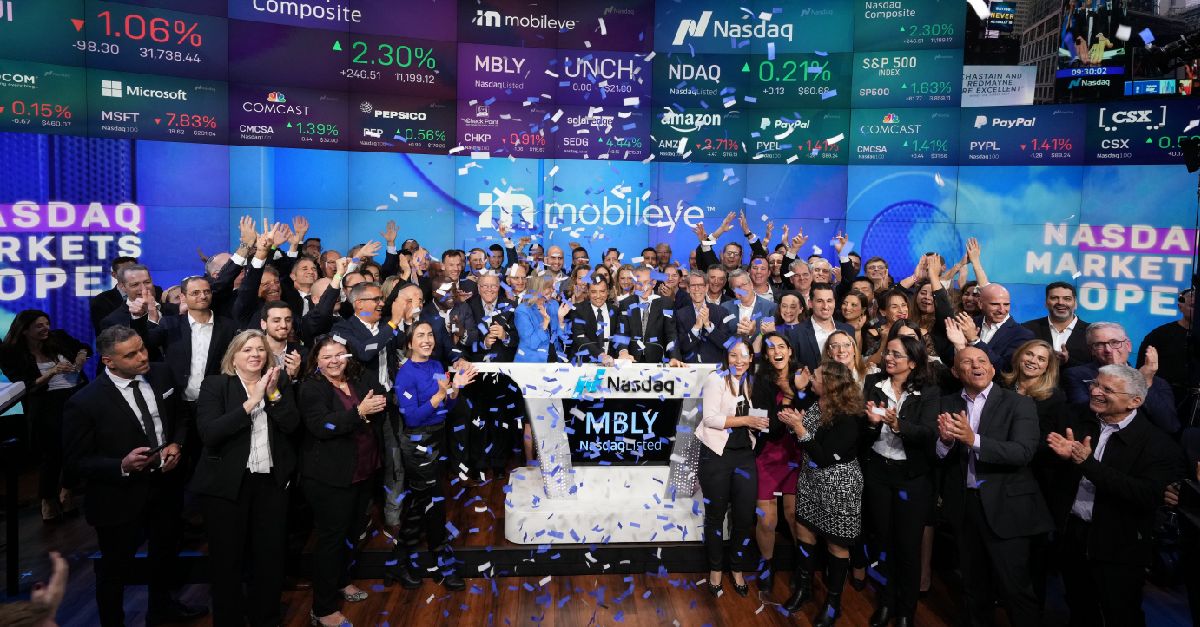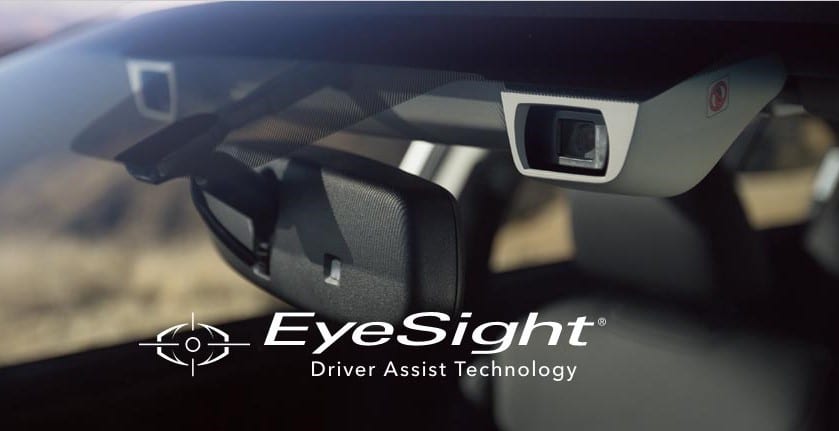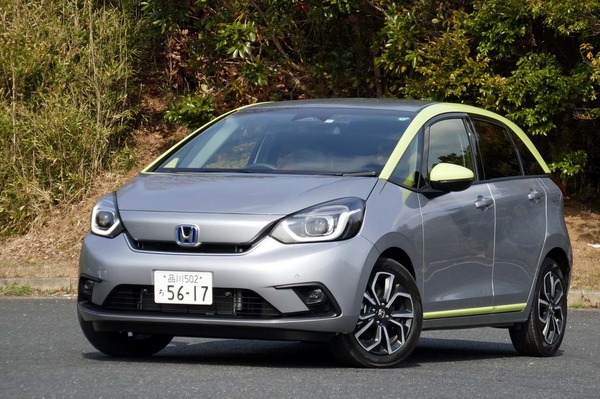Re: Best radar --- That seems confusing to me. I pointed out they have used two different radar components from well-known companies. I get the feeling you are implying 'cheap' outdated radar.
Yeah, the radar is outdated. There are newer 4D radar with greater resolution.
Re: how Tesla was doing radar --- That is puzzling too. Given all they've done with their software and level of tech folks they have it is very hard to believe that if it was reasonable to do that they would have figured it out. I'm not buying that they just couldn't figure it out well enough. I think that other companies may be doing it with more specific environments and more limited use cases ... Tesla's goal is that you can pick the car up and let 'FSD' work 'whereever' you drop the car. In other words, a more generic approach (plus at higher speeds).
I am sure Tesla could have figured it out if they really wanted to. But Elon is biased towards vision-only. So when faced with issues with radar, Elon was going to choose the option of ditching radar rather than the option to fix radar.
By the way, Cruise uses long range, high resolution radar on the A-pillar that can articulate to face different angles. The idea is that instead of using more sensors to cover every angle, they can use fewer sensors that can pivot to cover more angles or cover the angle that the car needs to focus on the most.
The Decision Behind Using Articulating Sensors on Cruise AVs
When we introduced the Cruise Origin earlier this year, we showcased an articulating sensor that has the ability to pivot 360 degrees and…
 medium.com
medium.com
I wholely admit I wish they would keep radar for weather reasons. I've driven through some harsh rains and even in the past two weeks in the 'mountains' of VA that made me glad to have radar seeing farther ahead than my eyes (and thus the Tesla cameras could see -- even with wipers going max speed).
Yeah, radar is great for detecting moving objects and calculating velocities in conditions like fog, rain and snow. Without radar, Tesla may be limited in those conditions.









/cdn.vox-cdn.com/uploads/chorus_asset/file/15903600/Screen_Shot_2016-05-11_at_10.30.36_AM.0.0.1473621042.png)